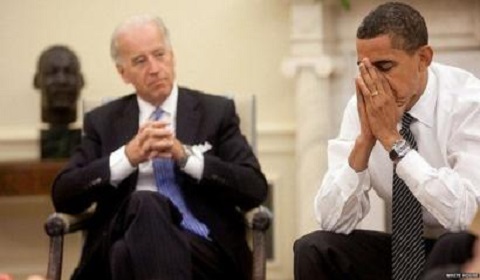Detecting, Preventing and Mitigating Terrorist Threats to Transportation System

Conducting research and development (R&D) on technologies for detecting, preventing, and mitigating terrorist threats is vital to enhancing the security of the nation’s transportation system. Following the September 11, 2001, terrorist attacks, Congress enacted legislation to strengthen homeland security, in part by enhancing R&D. The Transportation Security Administration and the Department of Homeland Security are the two federal agencies with primary responsibility for transportation security.
Officials at the General Accountability Office considered transportation security R&D to encompass the research, development, testing, and evaluation of technologies to protect the nation’s transportation system from terrorist attacks or major crimes. The transportation system consists largely of infrastructure, such as airports, seaports, border crossings, rail stations, transit stations, highways, bridges, tunnels, and pipelines; and vehicles, such as aircraft, ships, ferry boats, trucks, buses, automobiles, and trains.
Several members of an expert panel on transportation security and technology that the US government convened believed the distribution of research and development projects by transportation mode was reasonable, while others believed that aviation has been overemphasized at the expense of maritime and land modes such as mass transit systems. Many security experts within the private sector believe research and development is necessary to maintain state-of-the-art security programs.
The Transportation Security Agency and the Department of Homeland Security have made some progress in managing their transportation security R&D programs according to applicable laws and R&D best practices, but neither agency has fully complied with the laws or implemented the best practices. For example, neither agency has prepared a strategic plan for R&D that contains measurable objectives. Although TSA has completed threat assessments for all modes of transportation, it has not completed vulnerability and criticality assessments in order to gauge the effectiveness of security measures.
The DHS also has not completed risk assessments of the infrastructure of transportation systems such as railways. Both TSA and DHS lack complete, consolidated data for managing their R&D projects. Finally, although TSA and DHS have made some efforts to coordinate R&D with other federal agencies, their outreach to consider the concerns of the transportation industry itself has been limited.


